Previous Symposium Resources
Previous Symposium Resources
List of Previous Presenters and Abstracts
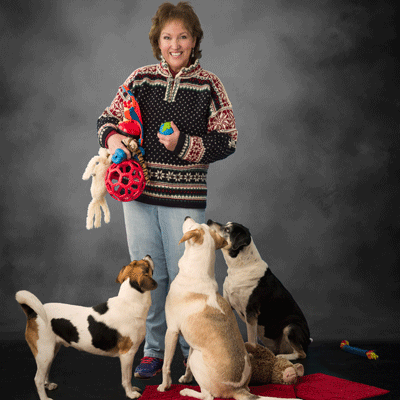
KEYNOTE: Risë VanFleet, PhD, RPT-S, CDBC, CAEBI
President, International Institute for Animal Assisted Play Therapy®
Topic: What Do We Mean by a "Good Relationship" with Animals?
Speaker Bio: Risë VanFleet, PhD, RPT-S, CDBC is a licensed psychologist, registered play therapist-supervisor, certified dog behavior consultant, and certified animal ethology and behavior instructor from Boiling Springs, Pennsylvania USA with 48 years of experience in a variety of settings. She is the author of several award-winning books including Animal Assisted Play Therapy, The Human Half of Dog Training, Filial Therapy: Strengthening Parent-Child Relationships Through Play, Child-Centered Play Therapy, and dozens of chapters, articles, and online courses. She works with children and families with mental health or relationship challenges, and also assists dogs with behavioral issues, specializing in puppy mill and unsocialized dogs who exhibit extreme fear. She teaches mental health, allied health, education, and animal behavior professionals throughout the world. With Tracie Faa-Thompson of the UK, she has co-created the field of Animal Assisted Play Therapy™ which represents the integration of several fields (e.g., psychology, play therapy, animal sciences, ethology) and uses a goodness-of-fit model to ensure the voluntary choices and enjoyment of any animals involved. She is especially interested in helping people develop healthy, reciprocal relationships with their animals, and increasing their awareness of animal sentience and well-being. She is particularly interested in animal agency throughout their lifespans.
Abstract-Risë VanFleet, PhD, RPT-S, CDBC, CAEBI
Abstract-Risë VanFleet, PhD, RPT-S, CDBC, CAEBI
Abstract:
In the field of Animal Assisted Play Therapy™ (AAPT), emphasis is on reciprocal, voluntary relationships and animal well-being. Most would agree that having a strong human-animal relationship is important to health and welfare for both humans and animals, yet the literature seems to focus heavily on the benefits to humans only. Furthermore, the internet contains countless examples of animals who appear to be miserable while their humans seem completely unaware. We have much education to do, of the public, of our fellow professionals, and of ourselves. This presentation discusses this pervasive problem and provides possible solutions to help strengthen human-animal attachment. The features of a healthy relationship are covered along with the benefits not only to people, but to animals as well. The AAPT goodness-of-fit model that emphasizes reciprocal relationships is applied not only to therapy or educational contexts, but also to people who simply love their pets and want to do the best for them. Animal and veterinary professionals also need ideas to help their clients build more satisfying relationships with their companion animals.
Learning Objectives
Participants will be able to...
1. Define what "reciprocity," "agency," and "voluntary" refer to in this multidisciplinary view of human-animal relationships.
- Briefly describe the problem with the current lopsided emphasis on "benefits to humans" in the AAI literature.
- Explain considerations in the use of equipment with animals in therapy work.
- Identify at least 2 ways to increase animal agency, and at least 1 reason for doing so.
- Describe at least 2 reasons that fluency in any animal's body language is critically important.
- Define what is meant by "goodness-of-fit" when it comes to human-animal relationships.
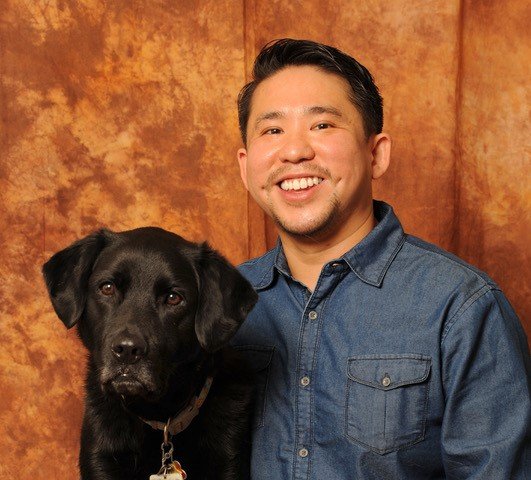
Zenithson Ng, DVM, MS, Dipl ABVP
Topic: Exploring the Heart and Soul of a Therapy Dog
Speaker Bio:Zenithson Ng is a clinical associate professor of the Community Practice Service at the University of Tennessee College of Veterinary Medicine. He received his DVM from Cornell University; then completed an internship at the ASPCA, and an ABVP residency combined with a master’s degree in human-animal bond studies at Virginia Tech. His research and teaching interests span all aspects of the human-animal bond including the effect of human-animal interaction on both humans and animals, the veterinary-client relationship, and stress reduction in both veterinary and animal-assisted intervention settings.
Zenithson Ng, DVM, MS, Dipl ABVP
Abstract - Zenithson Ng, DVM, MS, Dipl ABVP
Abstract:
Therapy animals must maintain good welfare status to maximize the benefits they bring to people in animal-assisted interventions. However, assessing welfare status in therapy animals can be challenging to handlers and researchers alike. This talk will provide insights into the tools that are used to better capture the impact that therapy work have on therapy dogs, such as the various methods of measuring cortisol, behavioral coding, and heart rate variability. Limitations of these tools as well as prospects for future research trends in better understanding therapy dog welfare will be discussed.
Keywords: therapy animal welfare
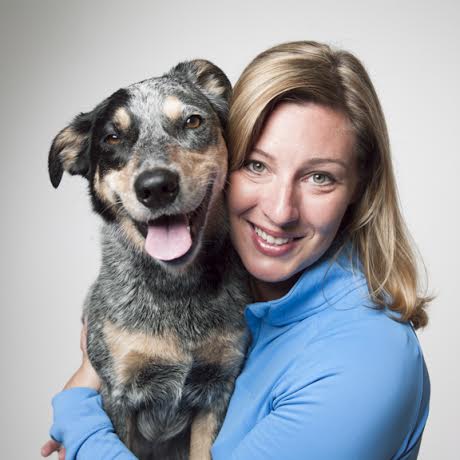
Topic: So you want a therapy dog, but does your dog want a therapy job? What you need to know to decide whether pet therapy is right for your dog, and choosing the right placement or facility for your individual.
Speaker Bio: Nicole Larocco-Skeehan is a Dog Trainer and the Owner of Philly Unleashed in Philadelphia, Pennsylvania. Nicole has over 25 years of experience working with animals and currently specializes in group and private dog training and behavior modification. Nicole’s business has been named the "Best of Philadelphia" and she is the author of “The Teaching Dog: Partnering with Dogs for Instruction, Socialization, and Demonstration in Your Training Practice.” She was also on the Certification Council for Professional Dog Trainers Board of Directors. Nicole holds a Bachelor of Science in Marketing and Advertising from Robert Morris University.
Philly Unleashed: https://phillyunleashed.com/
Abstract - Nicole Skeehan, BA, CPDT-KA
Absrtact- Nicole Skeehan, BA, CPDT-KA
Abstract:
In this session, Nicole will discuss how you can tell if your dog will actually enjoy working as a practicing therapy dog, or how to choose a dog as a potential therapy dog partner if you haven’t acquired a dog yet.
We will discuss behavioral traits and characteristics that make a dog thrive at therapy dog work. Including which behavioral issues are dealbreakers when deciding if your dog is a therapy dog candidate versus what behavioral issues that may not be as big of a problem as you originally anticipated is appropriately addressed
Keywords: therapy dog best fit, behavioral traits, canine work satisfaction
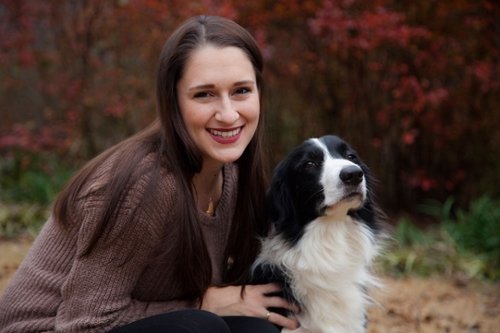
Taylor Chastain Griffin, PhD, MA, ABC certified dog trainer, certified therapy animal team evaluator
Topic: Best Practices in Professionalized AAI
Speaker Bio: Dr. Taylor Chastain Griffin is the Executive Director of the Association of Animal-Assisted Intervention Professionals and is the National Director of Animal-Assisted Interventions (AAI) Advancement at Pet Partners. In these roles, she works with other field leaders to motivate standardization and professionalization of the intervention. With a background as a dog trainer, therapy dog handler, and mental health counselor, Dr. Chastain Griffin came to her position with a variety of experiences that inform her work. Having completed her doctorate in research psychology with a focus on the human-animal bond, she works to formally integrate expertise in the field of human services with best practices while working with therapy animals.
Association of Animal-Assisted Intervention Professionals (AAAIP): https://www.aaaiponline.org/
Abstract- Taylor Chastain Griffin, PhD, MA, ABC certified dog trainer, certified therapy animal team evaluator
Abstract - Taylor Chastain Griffin, PhD, MA, ABC certified dog trainer, certified therapy animal team evaluator
Abstract:
Professionals across many disciplines incorporate therapy animals into their vocational services. While the intervention has the potential to powerfully impact treatment goals, there are various best practices that must be in place in order to protect both the people and the animals involved. This presentation will explore those best practices as well as the core knowledge statements that have been identified by subject matter experts in the field through the creation of a formal certification for AAI professionals.
Keywords: therapy animals, AAI, best practices, animal welfare
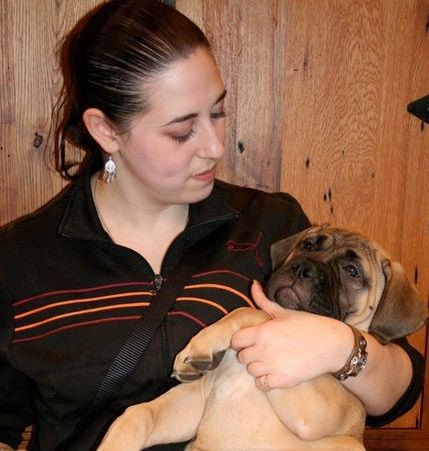
Tamar Paltin Mayer, BA, CPDT-KA, AKC CGC Evaluator
Topic: Raising a Library Therapy Dog during a Pandemic
Speaker Bio: Starting in the zoological world in 2009, I have worked with animal behavior in clinical and private facilities before becoming the Director of Dog Programs for New Leash on Life USA. After several years of program development and running three prison training programs I left to teach future animal professionals at Harcum College where I am now the Assistant Program Director of Animal Center Management. I also own a private practice focused on rehabilitation for dogs with anxiety, aggression, and reactivity working with local veterinary behaviorists. Tamar has one current therapy and competition/show dog and one up and coming therapy and competition/show dog; both are bullmastiffs and between them we have earned over ten titles in two years (covid years!)
Abstract- Tamar Paltin Mayer, BA, CPDT-KA, AKC CGC Evaluator
Abstract- Tamar Paltin Mayer, BA, CPDT-KA, AKC CGC Evaluator
Abstract:
The typical advice for raising therapy (and competition) dogs has always been to expose them heavily to a variety of people and environments during their formative socialization period and throughout their first year of life. Having purchased a puppy just a few months before the covid 19 pandemic it quickly became clear that the age old methods were not going to be possible as we initially did not understand the mode of transmission and were living in a state of lock down. While the benefits of having dogs involved in animal assisted intervention and therapy are well known and accepted, the process of training a dog with limited access to people and environments is unique and the impact on children with limited social contacts is less well researched.
Keywords: Therapy dog, dog training, socialization, human animal bond, puppy

John Lewis, VMD, DAVDC, FF-OMFS
Topic: The Best Friends Bash: Therapy for Children and Dogs with Craniofacial Differences
Speaker Bios:
Dr. John Lewis obtained his VMD from University of Pennsylvania in 1997 and spent 5 years in general practice prior to returning to the University of Pennsylvania for a residency in dentistry and oral surgery. Dr. Lewis became a diplomate of the American Veterinary Dental College (AVDC) in 2005. At the University of Pennsylvania, Dr. Lewis rose to the rank of Associate Professor of Dentistry and Oral Surgery. Dr. Lewis also served as Residency Director and Chief of Surgery of Ryan Veterinary Hospital at the University of Pennsylvania. Dr. Lewis is Past President of the American Veterinary Dental Society, and has served as Examination Chair of the AVDC. Dr. Lewis was Editor-in-Chief of the Journal of Veterinary Dentistry from 2016 though 2021, and writes a monthly column for Veterinary Practice News. In 2019, Dr. Lewis opened Veterinary Dentistry Specialists and founded Silo Academy Education Center, both in Chadds Ford, PA. Silo Academy Education Center is a RACE-approved CEsite.
Veterinary Dentistry Specialists: https://vdsvets.com/chadds-ford/
John Lewis, VMD, DAVDC, FF-OMFS
Abstract- John Lewis, VMD, DAVDC, FF-OMFS
Abstract:
This lecture will discuss the origins, development and implementation of the Best Friends Bash, a collaborative effort between the University of Pennsylvania School of Veterinary Medicine (Penn Vet) and the Children’s Hospital of Philadelphia (CHOP). Children with various craniofacial differences including cleft palate, Apert syndrome and other conditions were invited to meet dogs with cleft palate and acquired/developmental craniofacial differences. Interactions between the children and dogs were palpable and powerful, which led to the development of an annual event hosted by either Penn Vet or CHOP. Friendships were developed between children and dogs that persisted beyond the scope of the event.
Keywords: Craniofacial, therapy dogs, CHOP, Penn Vet, cleft palate
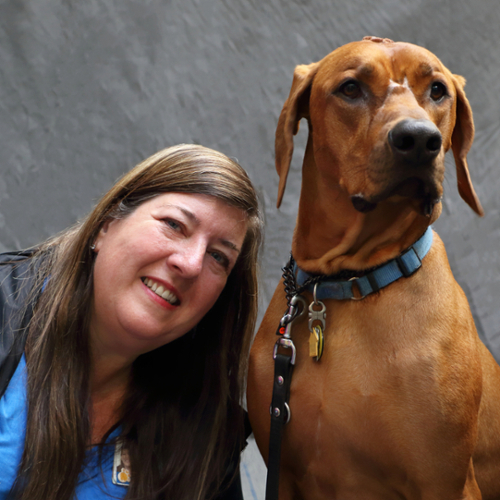
Lisa Serad, MS
Lisa Serad is the Program Coordinator of the Gerald B. Shreiber Pet Therapy Program at The Children's Hospital of Philadelphia, where she connects dogs with children who need a dose of laughter and encouragement. In this role, she recruits, screens, and trains therapy dog teams, raises awareness of pet therapy, oversees the dozens of volunteers who participate in the program. Lisa has also created a Facility Dog Program at CHOP, where full time staff members work with their dogs every day, adding a layer of service previously unavailable from volunteers doing monthly or bi-weekly visits. Before coming to CHOP, Lisa held management roles in the real estate, legal, and higher education industries, including at The Wharton School of The University of Pennsylvania. She has worked as a pet therapy volunteer and a professional dog trainer for more than 25 years and was a therapy dog evaluator for 20 years. Lisa holds a BA in Communications and an MS in Organizational Dynamics from the University of Pennsylvania, and has also completed additional graduate coursework in the field of Recreational Therapy at Temple University.
Childrens Hospital of Philadelphia: https://www.chop.edu/services/gerald-b-shreiber-pet-therapy-program
Abstract- Lisa Serad, MS
Abstract- Lisa Serad, MS
Abstract:
This lecture will discuss the origins, development and implementation of the Best Friends Bash, a collaborative effort between the University of Pennsylvania School of Veterinary Medicine (Penn Vet) and the Children’s Hospital of Philadelphia (CHOP). Children with various craniofacial differences including cleft palate, Apert syndrome and other conditions were invited to meet dogs with cleft palate and acquired/developmental craniofacial differences. Interactions between the children and dogs were palpable and powerful, which led to the development of an annual event hosted by either Penn Vet or CHOP. Friendships were developed between children and dogs that persisted beyond the scope of the event.
Keywords: Craniofacial, therapy dogs, CHOP, Penn Vet, cleft palate

Kimberly Giordano, MSN, CPNP- BC, CORLN
Kimberly Giordano is a former CHOP ENT specialist for Cleft Craniofacial Team. She is currently the Cleft and Craniofacial Coordinator at NEMOURS Children’s Health in Wilmington DE. She is a volunteer Pet therapist through Faithful Friends Organization in DE with her dog, Maisy who has special needs including Cleft Lip and Palate. She was a Veterinary Nurse at University of Pennsylvania Small Animal Veterinary Hospital and North Carolina State Veterinary School and Hospital. Kimberly has a faculty appointment at the University of Pennsylvania School of Nursing.
Nemours Children's Hospital: https://www.nemours.org/find-a-doctor/3098-kim-giordano-surgery-wilmington
Abstract- Kimberly Giordano, MSN, CPNP- BC, CORLN
Abstract- Kimberly Giordano, MSN, CPNP- BC, CORLN
Abstract:
This lecture will discuss the origins, development and implementation of the Best Friends Bash, a collaborative effort between the University of Pennsylvania School of Veterinary Medicine (Penn Vet) and the Children’s Hospital of Philadelphia (CHOP). Children with various craniofacial differences including cleft palate, Apert syndrome and other conditions were invited to meet dogs with cleft palate and acquired/developmental craniofacial differences. Interactions between the children and dogs were palpable and powerful, which led to the development of an annual event hosted by either Penn Vet or CHOP. Friendships were developed between children and dogs that persisted beyond the scope of the event.
Keywords: Craniofacial, therapy dogs, CHOP, Penn Vet, cleft palate
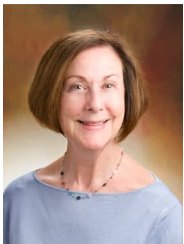
Diana Sweeney, AS
Diana Sweeney is the Executive Director of the Non-profit, "Craniofacial Connection." She was also previously a Parent Liaison at the Children's Hospital of Philadelphia for 27 years. She
Craniofacial Connection: craniofacialconnection.org
Abstract- Diana Sweeney, AS
Abstract- Diana Sweeney, AS
Abstract:
This lecture will discuss the origins, development and implementation of the Best Friends Bash, a collaborative effort between the University of Pennsylvania School of Veterinary Medicine (Penn Vet) and the Children’s Hospital of Philadelphia (CHOP). Children with various craniofacial differences including cleft palate, Apert syndrome and other conditions were invited to meet dogs with cleft palate and acquired/developmental craniofacial differences. Interactions between the children and dogs were palpable and powerful, which led to the development of an annual event hosted by either Penn Vet or CHOP. Friendships were developed between children and dogs that persisted beyond the scope of the event.
Keywords: Craniofacial, therapy dogs, CHOP, Penn Vet, cleft palate